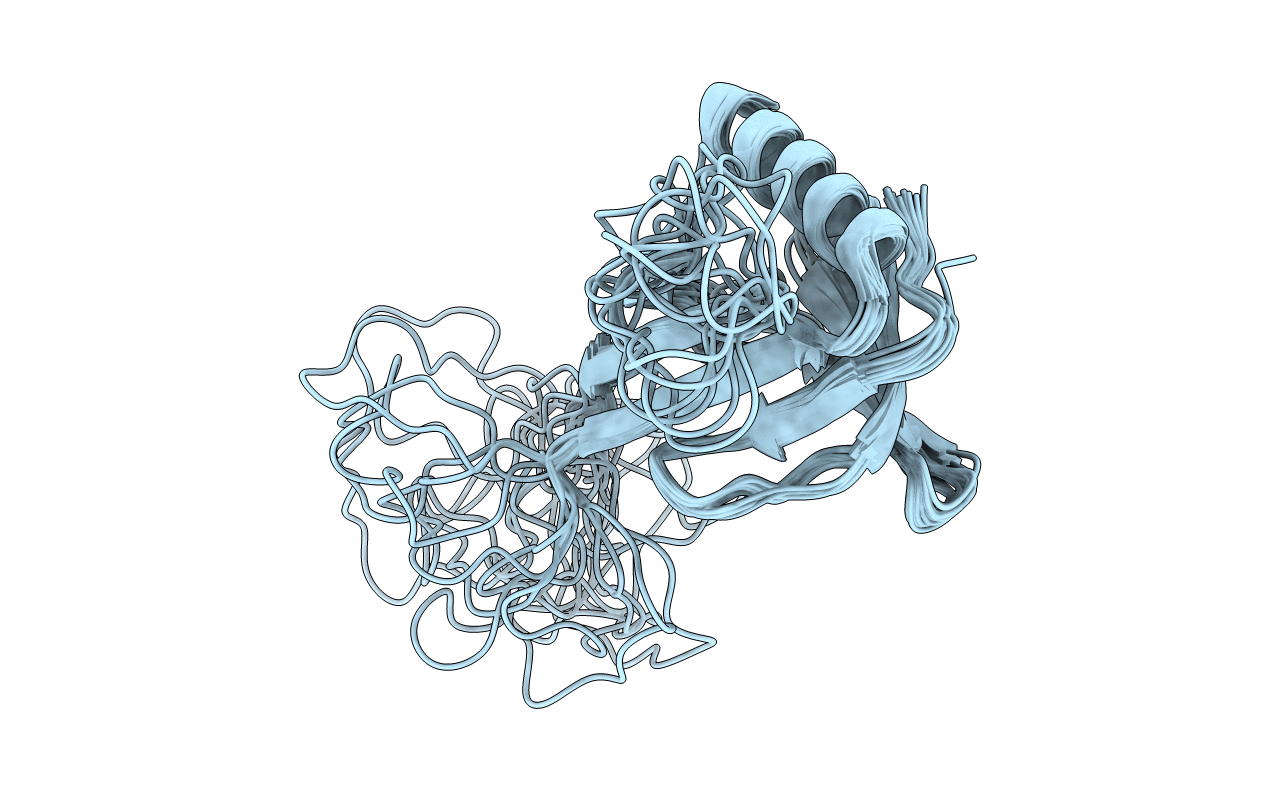
Deposition Date
2005-06-10
Release Date
2005-06-28
Last Version Date
2024-05-22
Entry Detail
PDB ID:
1ZYI
Keywords:
Title:
Solution structure of ICLN, a multifunctional protein involved in regulatory mechanisms as different as cell volume regulation and rna splicing
Biological Source:
Source Organism:
Canis lupus familiaris (Taxon ID: 9615)
Host Organism:
Method Details:
Experimental Method:
Conformers Calculated:
120
Conformers Submitted:
15
Selection Criteria:
structures with the least restraint violations and structures with the lowest energy


